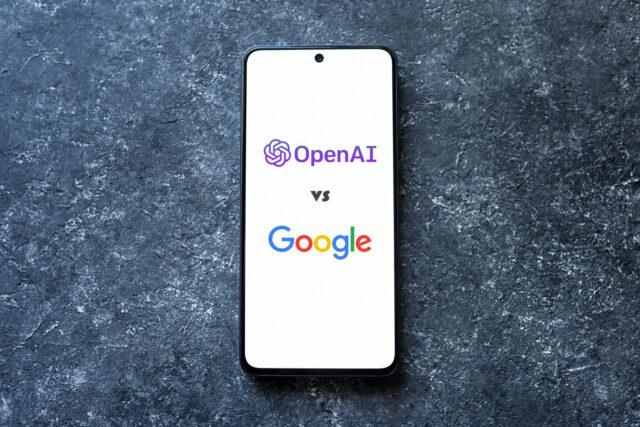When considering the future of AI, it can evoke a mix of either excitement about how these powerful new technologies can help us do our work faster, better and more efficiently than before – or fear that the machines are going to displace us in a near future where AI gives clients what they need and want without any need for us to exist. Or a mix of both.
While AI technology hasn’t reached a point where it can completely replace humans in marketing tasks (yet), one thing’s for sure – it’s rapidly advancing. It’s only a matter of time before AI is able to handle most traditional marketing tasks more efficiently than humans can; in fact, AI can already generate or translate a first draft of a book faster than the time it took me to write this blog post.
However, it’s important to note that AI cannot completely replace human creativity and decision making – it’s still necessary for humans to work alongside AI to achieve the best results.
How should you be using AI?
With AI being such a new and sensationalised topic, we certainly don’t have all the answers. However, like many people across the marketing world, we’ve started to explore what the integration of AI into our workflows could look like, approaching experimentation with a specific, controlled research group.
While we can’t know the exact right or wrong way to go about it yet (hell, does anyone?!) we’ve come up with 13 rules to producing fail-safe AI content:
- Human oversight: always review any AI-generated content before it’s published or shared.
- This is not a race against the machine: if we race against them, we lose. This is a race with the machines. Avoid sensationalism, hype and overstatement.
- Ethics: discuss the ethical implications of AI, including privacy, bias and transparency. Consider the potential impact of AI on society and provide a balanced discussion.
- Transparency: be transparent about the use of AI in creating content. Disclose that AI was used when creating content, as a small comment or footnote where appropriate.
- Accuracy: make sure all the information you report is factually correct. AI is a complex and evolving field, so it’s important to verify all details before publishing.
- Data privacy: ensure that any data used in the creation of AI-generated content is obtained legally and ethically. Do not post any private or confidential information in any Ai systems.
- Clarity: write in a clear and concise way to ensure that readers can easily understand the content. Avoid using technical jargon and explain any technical terms that must be used.
- Attribution: cite all sources used in the piece and provide links where possible. This includes information on the companies, products and individuals mentioned.
- Context: provide context for the information presented. This includes information on the history of AI, its current applications, and potential future developments.
- Accessibility: all content should be made accessible to a wide range of readers, including those with disabilities. This includes providing alternative text for images, using accessible formatting, and using plain language.
- Security: check that any AI systems used are secure and protected against hacking or other malicious attacks. This includes using secure data storage and transmission methods, encrypting sensitive data and implementing access controls.
- Sustainability: consider the environmental impact of AI systems and strive to minimise their carbon footprint. This includes using systems that are optimised for sustainability — this isn’t easy to do at present, but it’s our direction of travel where possible.
- Explainability: when discussing AI models or algorithms, provide explanations that are understandable to non-experts. This includes explaining how the model works, how it was trained and how it makes decisions where applicable.
By following these guidelines, you’ll be sure to produce content that’s not only informative and accurate, but which takes into consideration security and sustainability.
Note: this blog was written with the help of AI.









